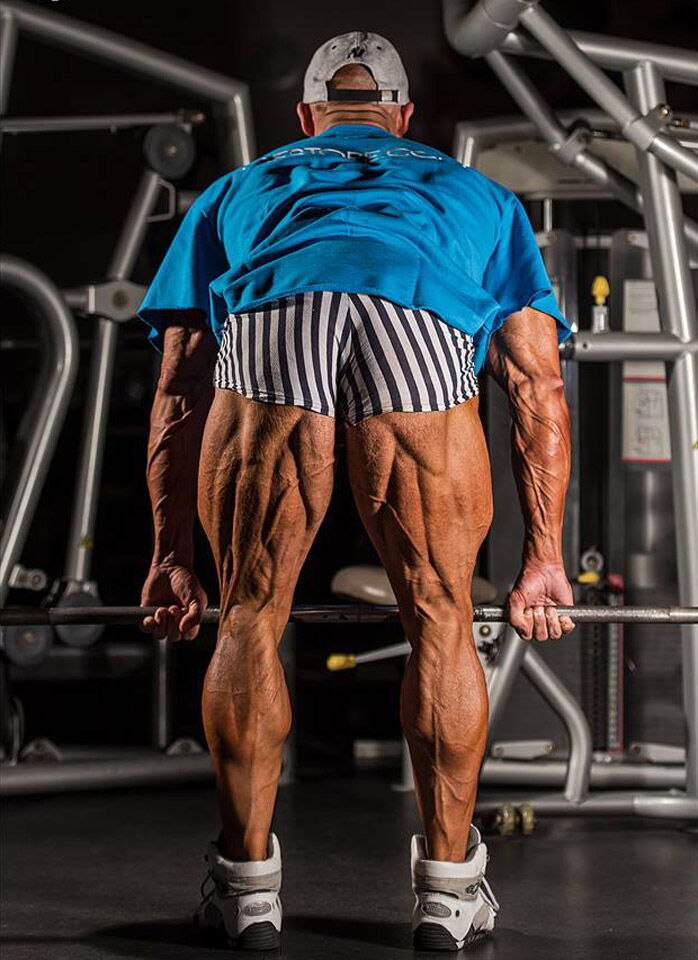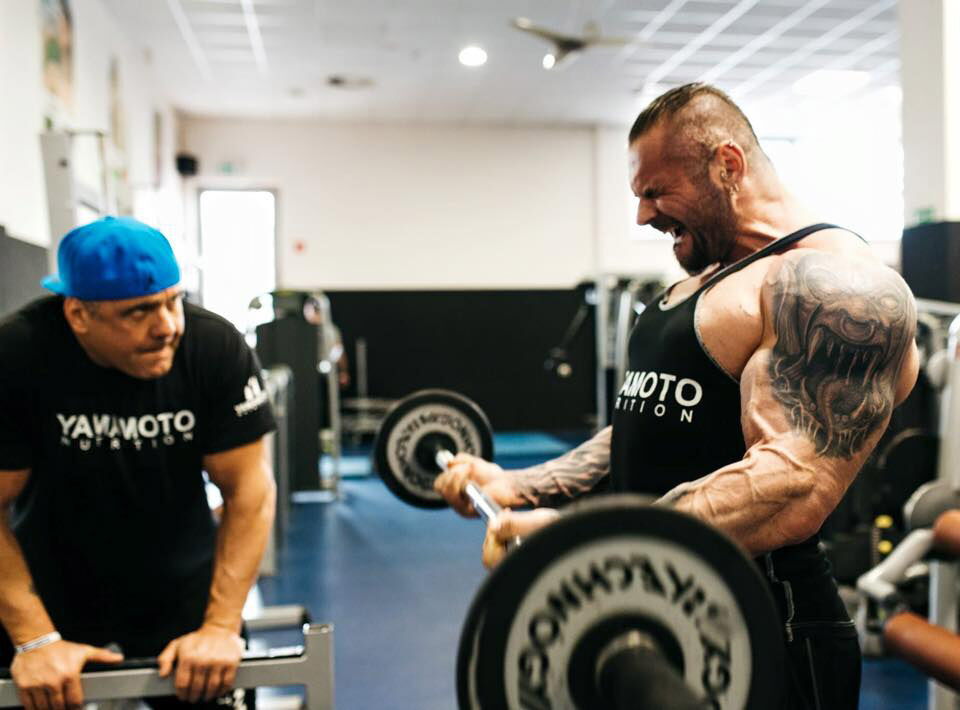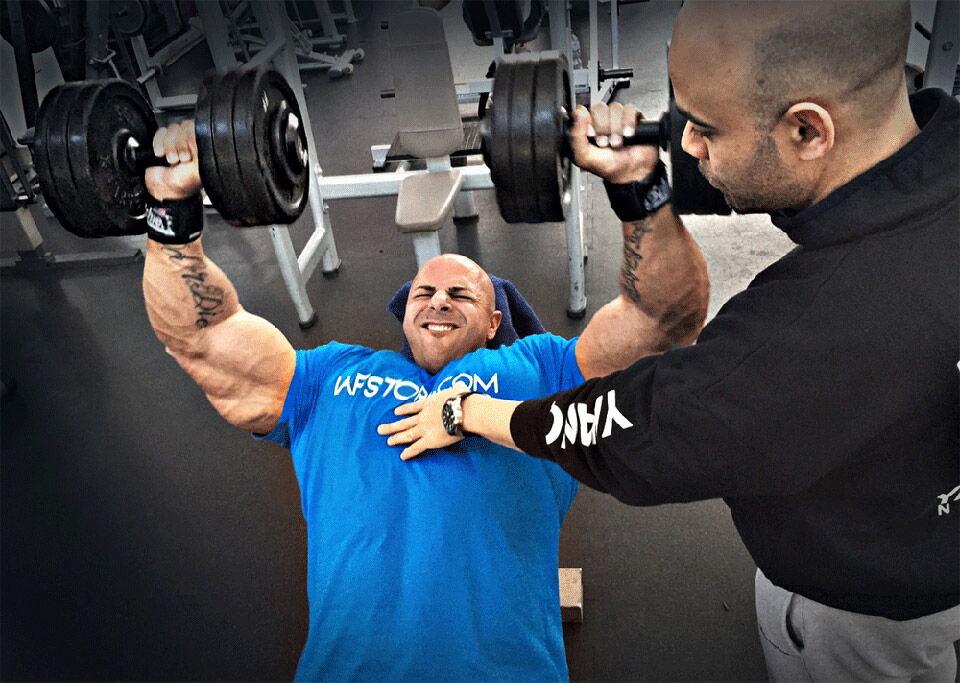Replace isolation exercises with multi-joint exercises
Weight lifting exercises fall into two main categories: multi-joint exercises and isolation exercises. The first are those exercises that involve multiple joints. The second, however, tend to work a specific muscle fascia.
Most workouts are constituted by a set of isolation and multi-joint exercises. The main difference is that the multi-joint exercises involve multiple muscle groups, allowing heavier weights to be worked with. To increase muscle mass, multi-joint exercises trigger a more significant hormonal response than isolation exercises. In fact, workouts that stimulate more muscle groups tend to produce more growth hormone and increases in testosterone (1)

To increase muscle mass, multi-joint exercises trigger a more significant hormonal response than isolation exercises.
Workout with a partner
A workout partner can do more than just force you to show up. They can push you to do better, helping you manage weights. In addition, the presence of a workout partner increases motivation; a bit of healthy competition, even with a friend, can help you go into each session with more commitment and greater determination, helping you push beyond your limits.

"Challenging themselves and going beyond what's comfortable." A workout partner is great incentive to do better and not end up in stalemate phases with mediocre results.
Add a pre-bedtime meal of cottage cheese or casein
Hard-gainers complain that they have a hard time gaining weight. But are they doing everything possible? A diet change couldn't be easier if you simply add a snack before going to bed with slow-digesting proteins found in cottage cheese or a casein protein shake.
The slow-digesting proteins are particularly useful during the eight hours of fasting overnight, thanks to the slow release of amino acids.
Add 3 grams of creatine to your protein shake
An avalanche of research supports the benefits of creatine for strength sports and bodybuilders. Creatine increases physical performance in case of repetitive, high-intensity, short-duration exercise. Its long-term use has been shown to lead to 5-15% more strength and performance gains. (2)
Give preference to free weights
Exercises with free weights require a lot more muscle activity and secondary stabilizer muscles to help control movement and balance the weight, thus involving more muscle mass.
Machines can be useful for beginners who need to learn the movements and execution, for those who are following a rehabilitation program, or for bodybuilders at the end of their training session.
But if you use the machines to perform exercises at the beginning of your workout, laziness has probably taken over. It's important to choose the most challenging exercises, rather than looking for the easiest alternative.

The involvement of secondary and stabilizer muscles to help control movement and balance the weight during exercises with free weights are preferable to machines.
Eat high-calorie foods
Hard-gainers typically have difficulty getting enough calories in to gain weight and build muscle. The key to getting enough calories is to choose foods dense in calories. In any case, when you make changes to your diet to gain weight and include more calories, you have to do it in a healthy way. Don't just look at the calories.
It's important not to compromise, for example in the consumption of vegetables. Don't plan on eating salad-based meals and high fiber foods when you're trying to gain weight.
Prepare a daily meal plan to ensure you are consuming the right quantities of macro and micro nutrients and the daily caloric surplus to support muscle growth. Time spent in the kitchen preparing meals is a smart investment for supporting muscle growth.
Rest the day before your most challenging workouts
The rest days are an opportunity to ensure full recovery, which means that you'll be ready to "hit" the weights hard the next day. That makes the following day ideal for leg or back training—grueling workouts that require more effort and sap your energy.
1. Kraemer, W. J., & Ratamess, N. A. (2005). Hormonal responses and adaptations to resistance exercise and training. Sports Medicine, 35(4), 339-361.
2. Kreider, R.B. (2003). Effects of creatine supplementation on performance and training adaptations. Molecular and Cellular Biochemistry, 244(1-2), 89-94.
